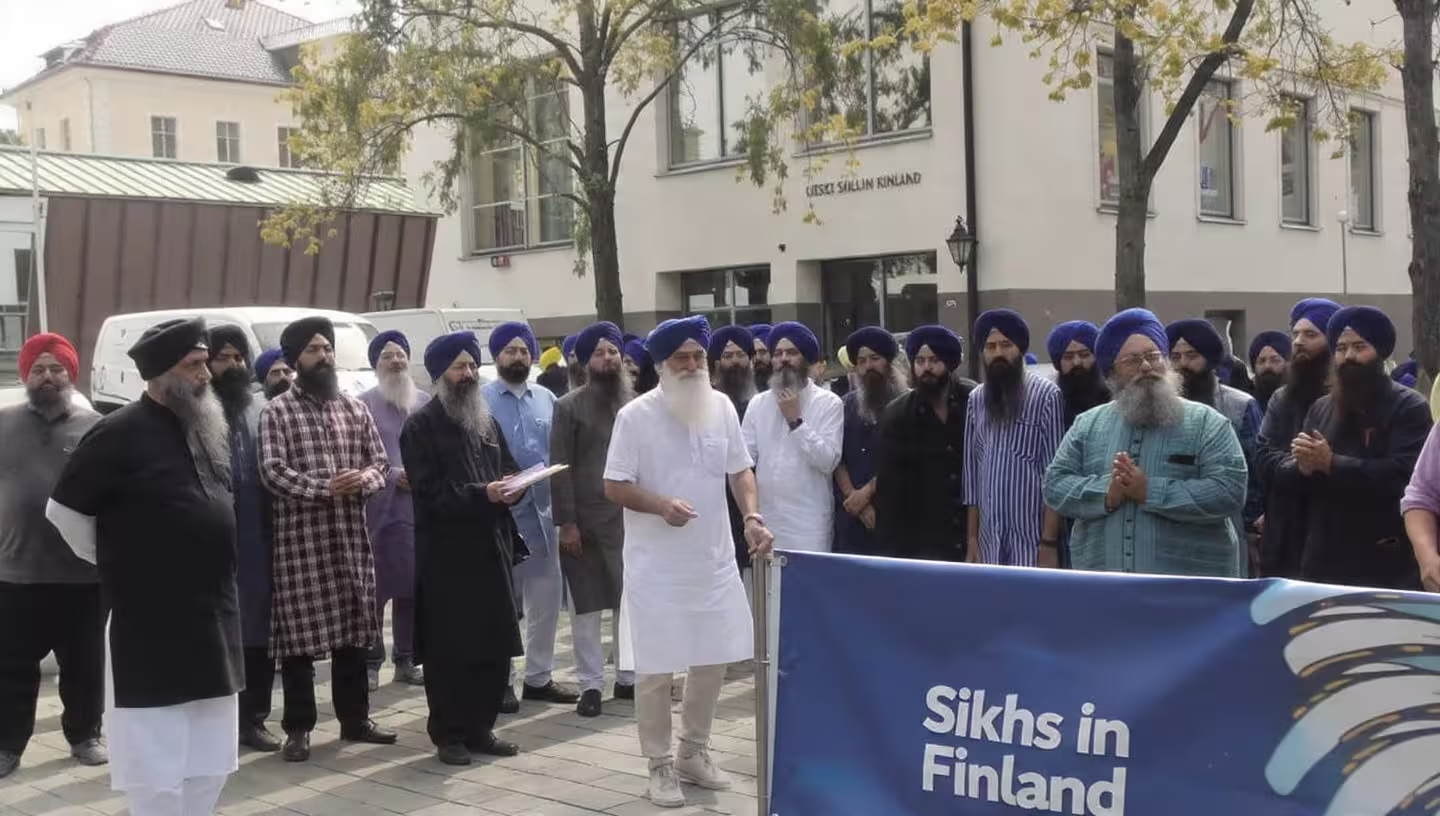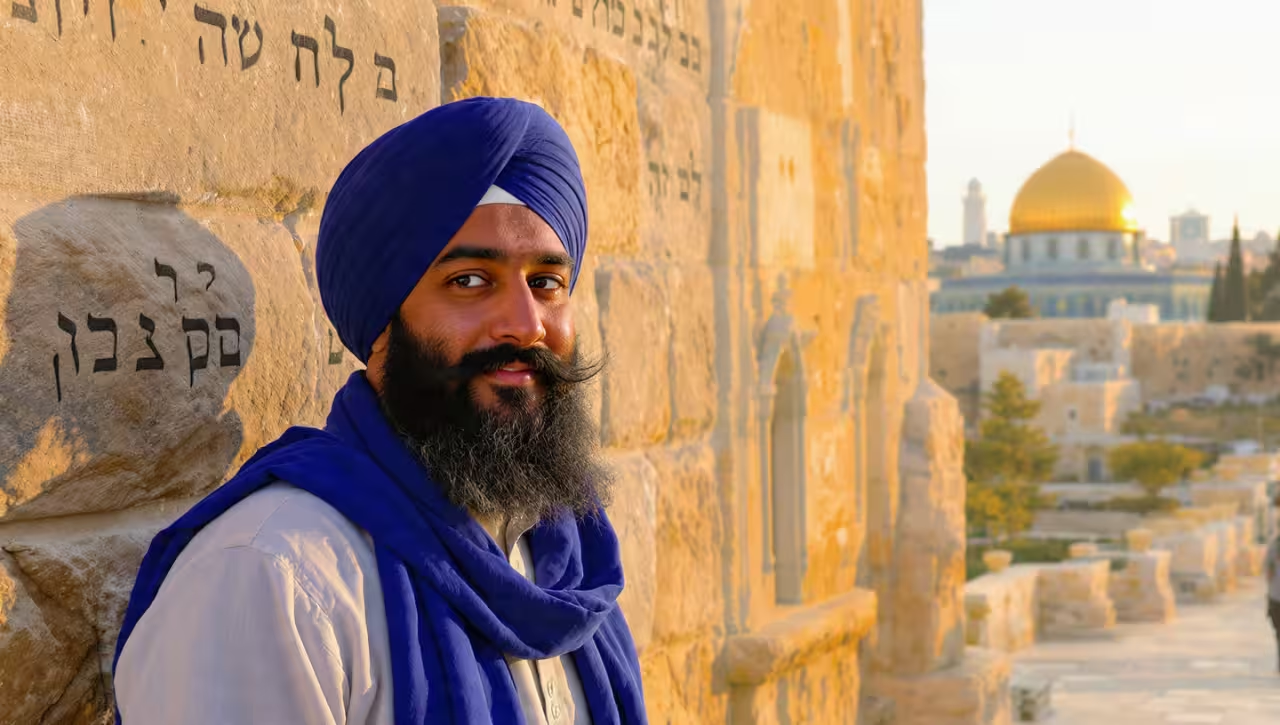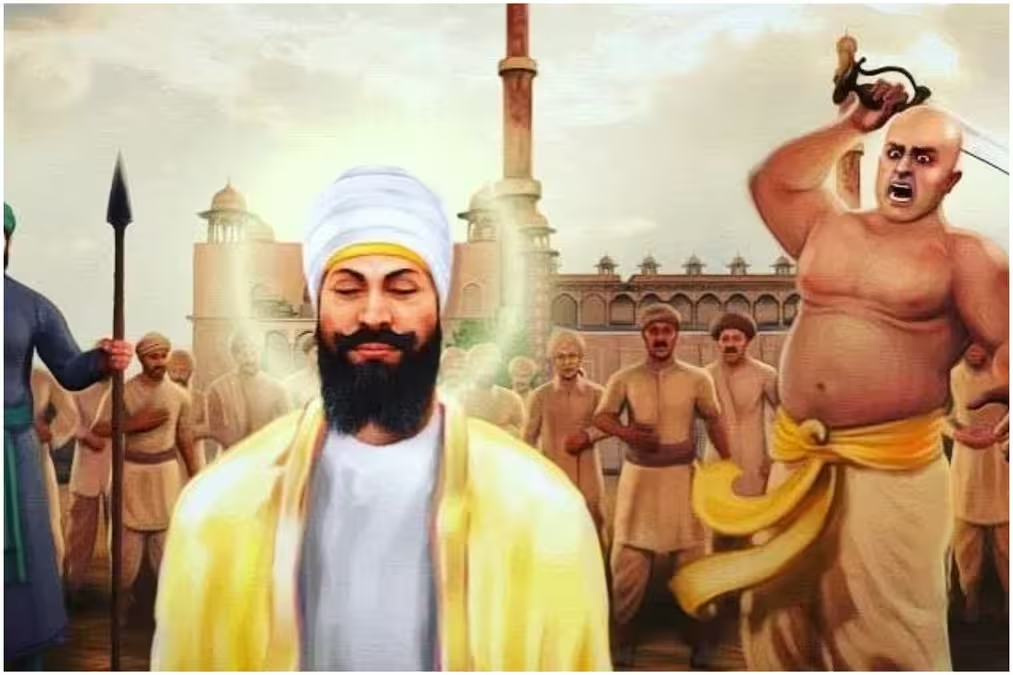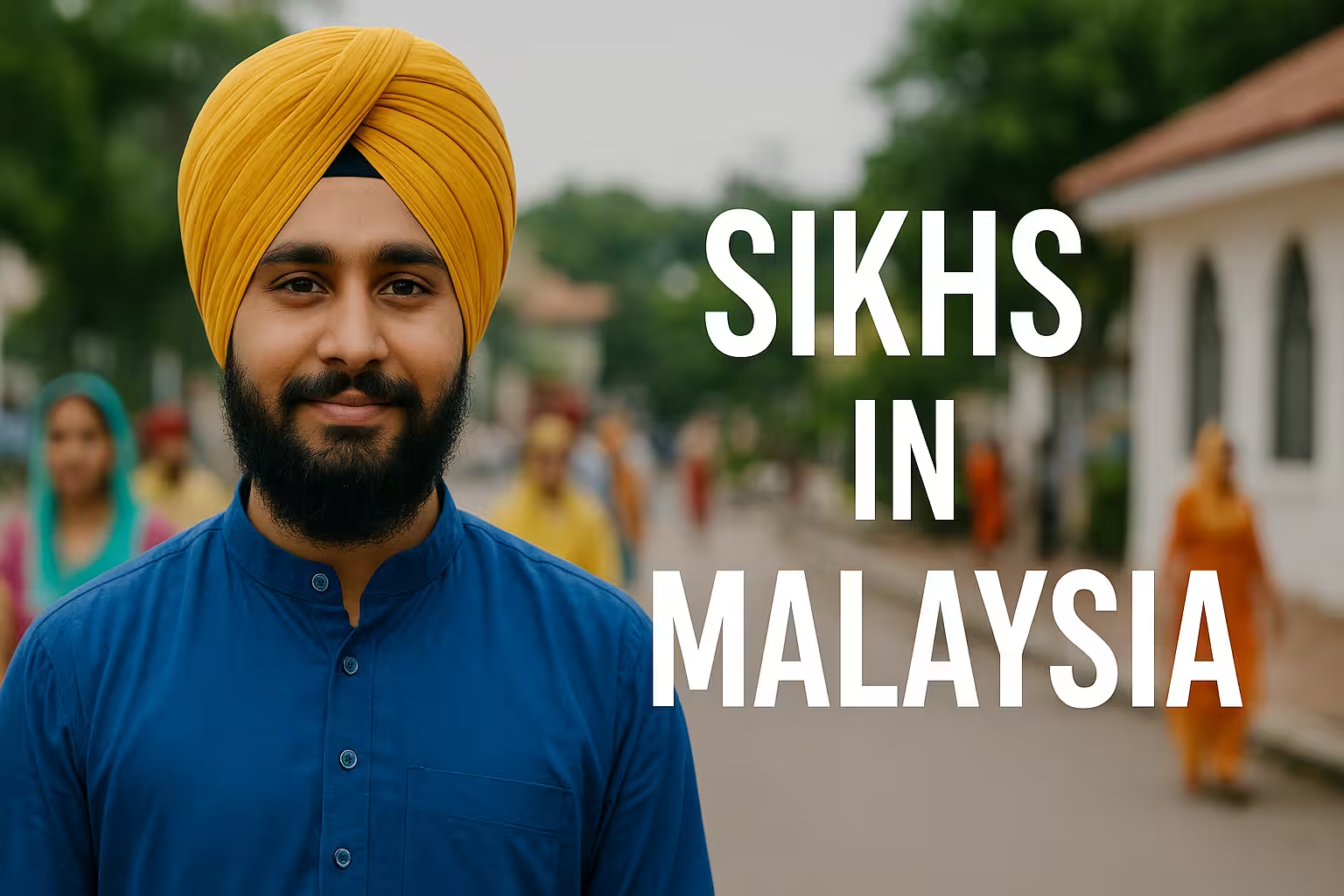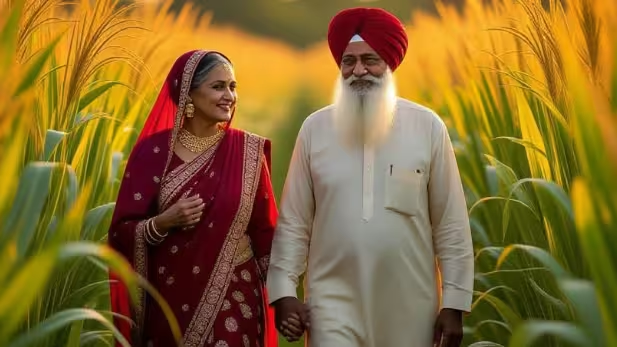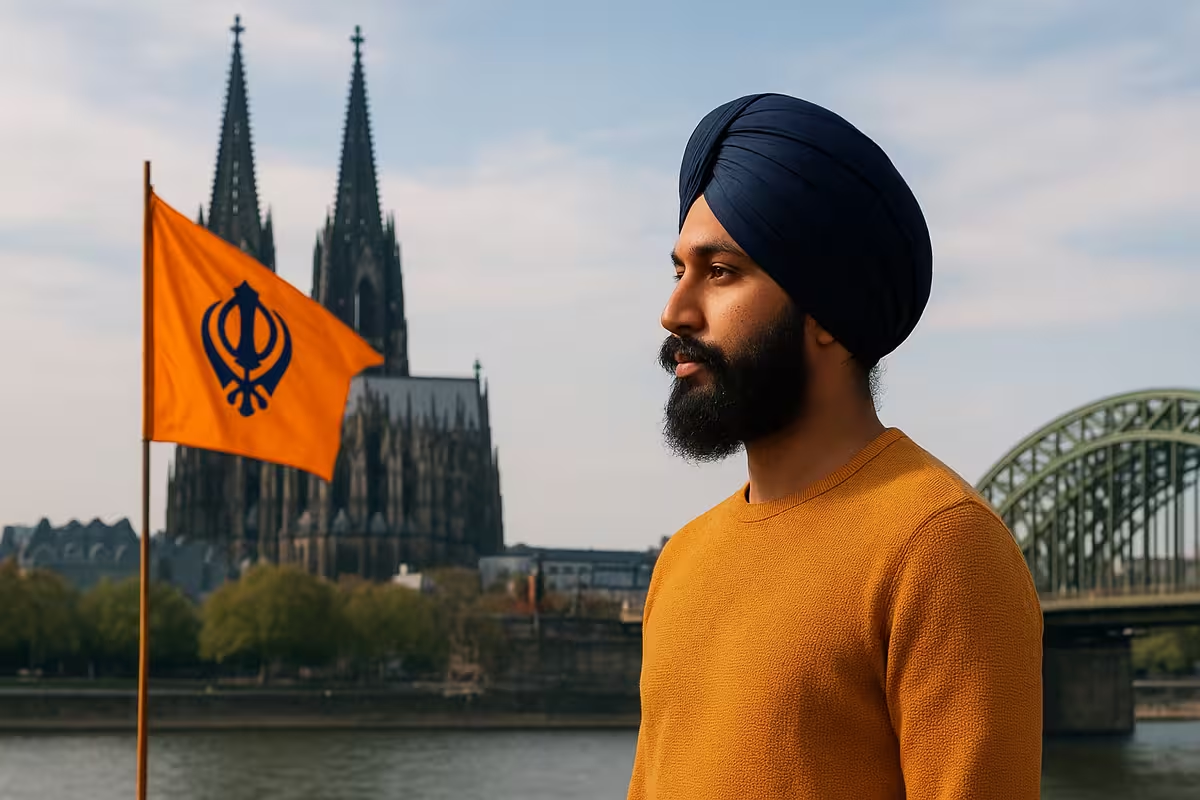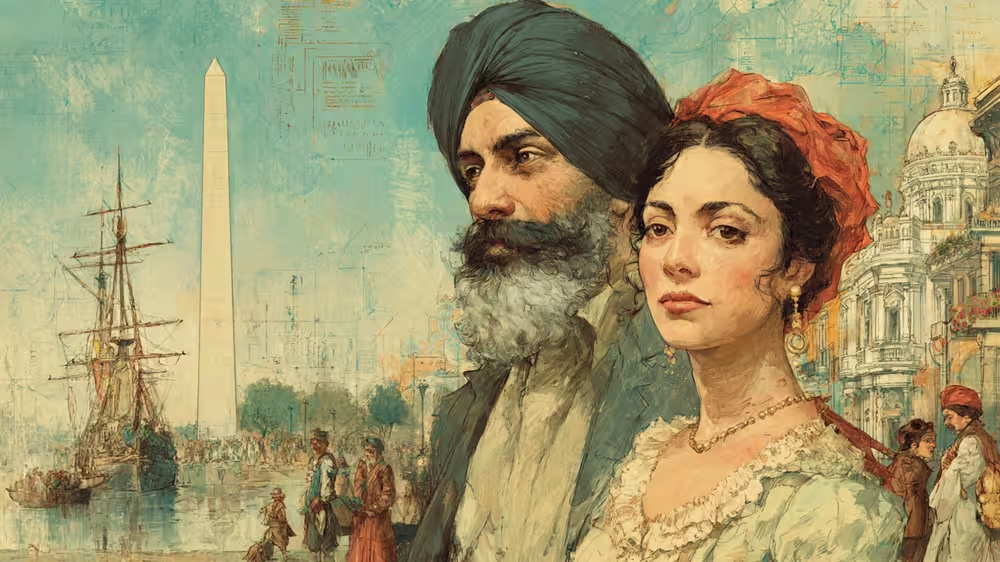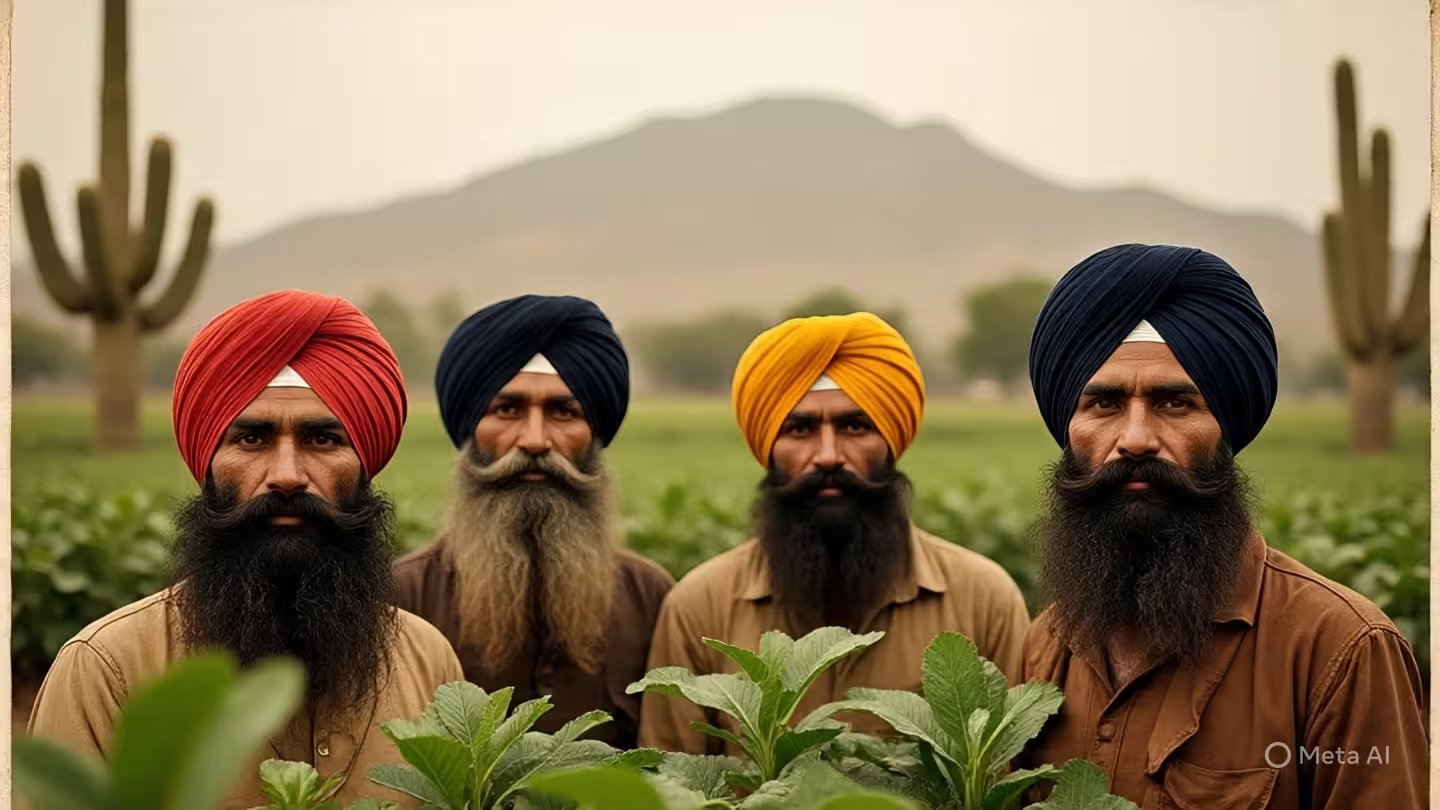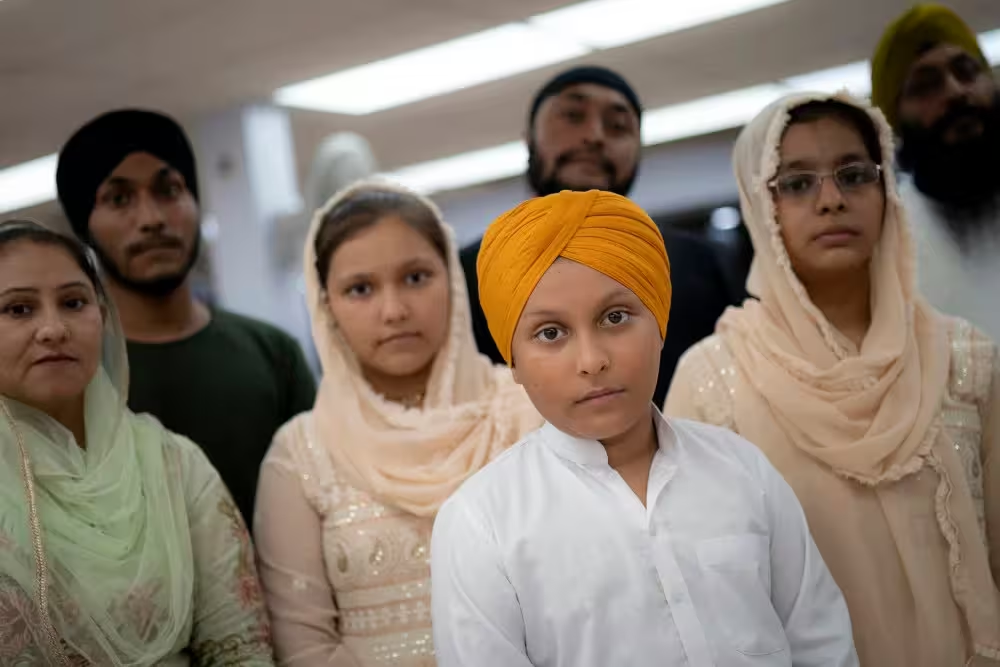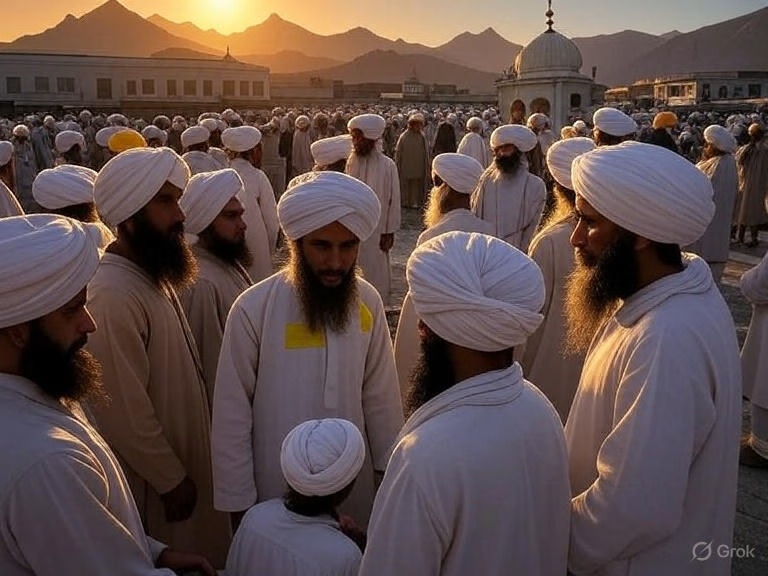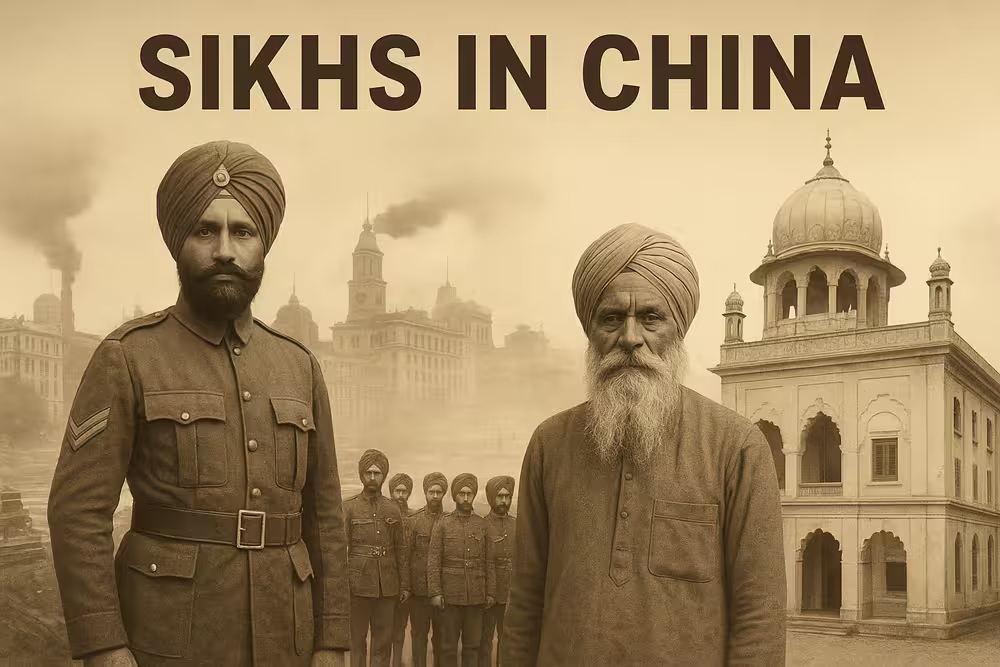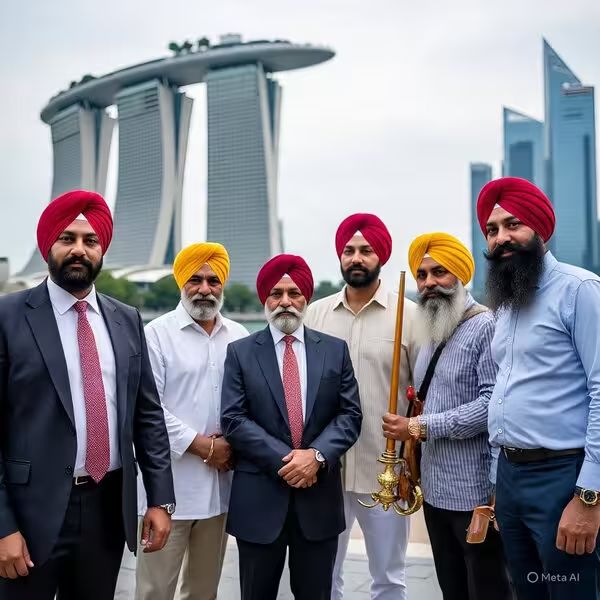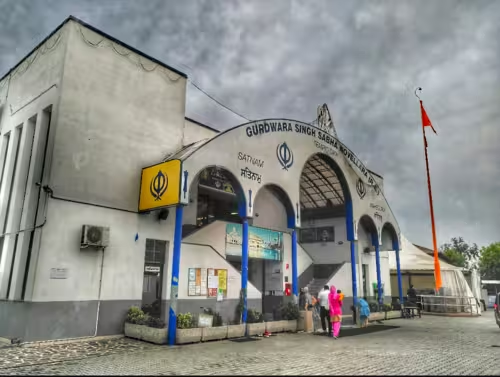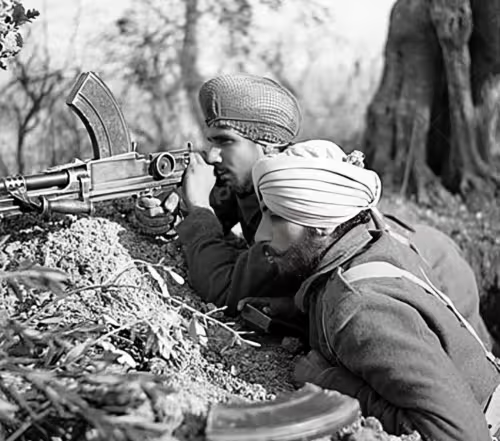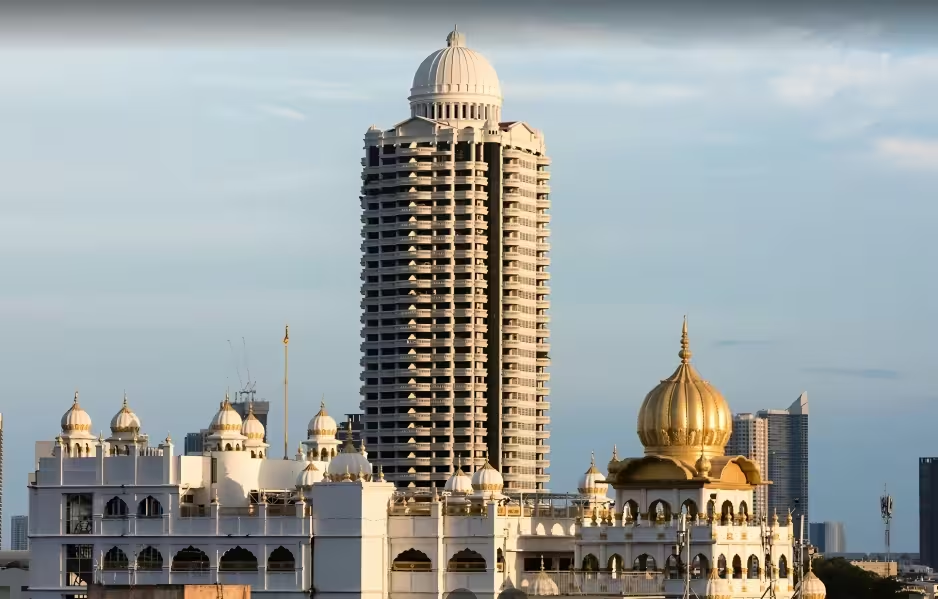The Vibrant Sikhs in Singapore : A Story of Resilience and Contribution
Hello, readers! Welcome to another deep dive into the multicultural tapestry that makes Singapore such a fascinating place. Today, we’re shining a spotlight on the Sikh community—a small but incredibly impactful group that has woven itself into the fabric of Singaporean society. Despite making up less than 0.5% of the population, Sikhs have left an indelible mark through their history of service, cultural preservation, and community spirit. From their early days as colonial police officers to their modern roles in business and social welfare, the story of Sikhs in Singapore is one of resilience, faith, and quiet strength. Let’s explore this journey together.
WikiPedia.com
A Brief History: From Exiles to Pillars of Society
The Sikh presence in Singapore dates back to the mid-19th century, rooted in the British colonial era. The earliest recorded Sikhs arrived not as free migrants but as political prisoners. In 1850, Bhai Maharaj Singh, a revered Sikh leader and freedom fighter who opposed British rule in Punjab after the Second Anglo-Sikh War, was exiled to Singapore along with his disciple Khurruck Singh. Often described as a “saint soldier,” Bhai Maharaj Singh is remembered as the first Sikh on record in Singapore, symbolizing the community’s early ties to anti-colonial resistance. Roots.Gov.Sg
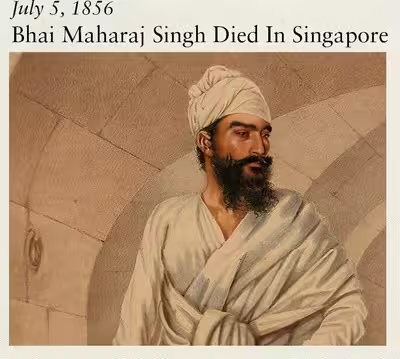
Sikh Migration to Singapore
Sikh migration picked up significantly in the late 19th century, driven by economic hardships in Punjab and British recruitment policies. After the 1857 Sepoy Mutiny, the British favored Sikhs—particularly Jat Sikhs—for their perceived loyalty and martial prowess. In 1881, the Sikh Police Contingent (SPC) was formed, with the first batch of 54 Sikh recruits arriving on March 26, followed by more in August, totaling 165 by year’s end. These early Sikhs served as policemen, guards, and watchmen, playing a crucial role in maintaining order, combating Chinese secret societies, and securing key areas like the docks.
By the 1931 census, the Sikh population had grown to 2,988, mostly concentrated in urban areas. Post-World War I, commercial migrants arrived, venturing into textiles and trade. The Korean War in the 1950s further boosted migration, as Sikhs capitalized on business opportunities. Over time, the community shifted from transient male workers to settled families, contributing to Singapore’s development under colonial rule and beyond. During World War II, Sikh soldiers fought alongside Allied forces, and their legacy is honored in memorials and historical narratives.
Lion Heart Landers
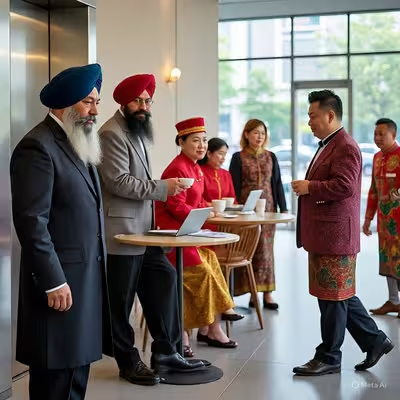
Population and Demographics: A Minority with Major Influence
Today, Singapore’s Sikh community numbers around 12,000 to 13,300, according to recent estimates. The 2020 census pegged it at 12,051, representing about 0.35% of the resident population. While small, this group is diverse: 85% are ethnically Indian, with others from Malay, Chinese, and mixed backgrounds.
Often categorized under the broader “Indian” umbrella in Singapore’s CMIO (Chinese, Malay, Indian, Others) framework, Sikhs are a “minority within a minority,” yet they’ve advanced in fields like the military, government, business, education, and sports since the 1950s.
Despite their size, Sikhs are known for their upward mobility and integration while preserving their identity. As one community leader noted, they’ve “stood tall in the multi-racial community” and made significant contributions. Recent discussions on social media highlight ongoing pride in their heritage, with calls to recognize all Sikhs—regardless of observance levels—in censuses to counter divisive tactics. World Population Review
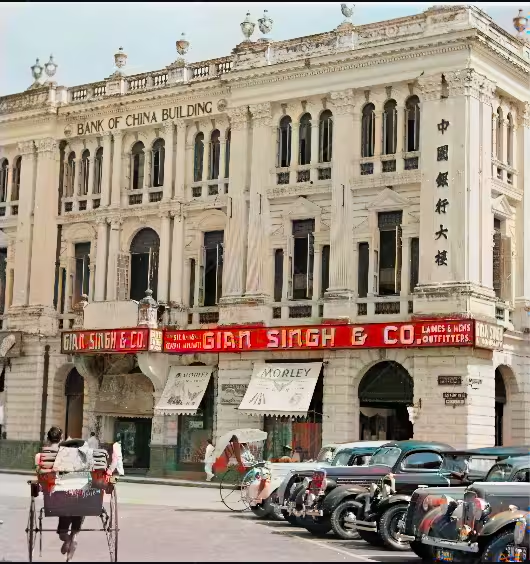
Contributions to Singapore: Service, Business, and Beyond
Sikhs have punched above their weight in contributing to Singapore. Historically, they dominated the police force, earning a reputation for discipline and loyalty.
By the early 20th century, they expanded into commerce, with firms like Gian Singh & Co. becoming household names in textiles. Their martial legacy is evident in WWII service, where Sikh troops fought in Malaya and Burma, often at great personal cost.
In modern Singapore, Sikhs excel in diverse fields. They’ve been integral to the nation’s military, business, and cultural scenes. Community organizations like the Singapore Sikh Education Foundation promote education, with Punjabi taught as a second language in schools. Sikhs also contribute through sports, as seen in events like the MASPORE Games, where Malaysian and Singaporean Sikhs compete in unity. Their guardian statues in Bukit Brown Cemetery—25 pairs protecting Chinese tombs—symbolize cross-cultural harmony. Rozanaspokesman

Culture and Festivals: Celebrating Faith and Unity
Sikh culture in Singapore thrives through festivals that promote equality and community. The most prominent is Vaisakhi (or Vesakhi), celebrated on April 13 or 14, marking the Sikh New Year and the formation of the Khalsa by Guru Gobind Singh in 1699. It commemorates the “Panj Pyare” (five beloved ones) who volunteered for baptism, symbolizing courage and devotion.
Other key events include Guru Nanak’s birthday (Gurpurab), Diwali (Bandi Chhor Divas), and the Naam Ras Kirtan Darbar, a biennial festival of Sikh music that fosters harmony across communities. Life-cycle rituals like naming ceremonies, baptisms (Amrit Sanchar), and weddings blend tradition with Singapore’s multicultural vibe. Singapore hosts one of Southeast Asia’s largest Sikh events, drawing crowds for kirtan (devotional singing) and langar.
Every two years, Singapore’s Sikh community comes together for the Naam Ras Kirtan Darbar, one of the biggest Sikh gatherings outside South Asia. The event is run entirely by volunteers and attracts thousands of Sikhs as well as people from other faiths. It centers on soulful kirtan (devotional singing) and the langar (community kitchen), while also offering cultural performances, art displays, and sessions to learn about Sikh history and traditions. More than just a religious program, it’s a vibrant celebration of faith, culture, and community spirit. nlb.gov.sg
Looking Ahead: A Community Evolving with Singapore
As Singapore evolves, so does its Sikh community. Facing challenges like assimilation and demographic shifts, they’ve adapted while holding onto core values. Recent online discussions emphasize unity amid global Sikh identity debates. With strong institutions and a commitment to service, Sikhs continue to enrich Singapore’s multicultural landscape.
Note: This blog draws from historical records, censuses, and community insights for an accurate portrayal. X.com
Stay tuned for our next blog, where we’ll explore the sacred spaces of Sikh Gurdwaras in Singapore and celebrate the inspiring journeys of Great Sikhs of Singapore who have left a lasting mark on the community.
